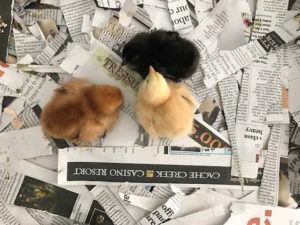One Monday, every month, our club gathers at Escuela Bilingue Internacional in the main gallery to have an hour-or-so meeting. This is mainly to catch up with everyone, see how the projects are going, and give presentations to the club members about local (mostly Alameda County) events that will or already did happen. These include Presentation Day, Small Animal Field Day, the Mini Maker Faire and more. Project members present about what they covered in previous project meetings. Project leaders talk about projects that they will be leading in the next semester. Every once in a while, we will have a guest speaker (a “Cool person”) come from outside 4-H to talk about an interesting topic. The meetings also include times for parents and middle-schoolers to branch off and discuss things while K-5th graders do a fun activity or game.
The president, vice president, secretary, treasurer and youth facilitators run these meetings. They make transitions between speakers, open and close meetings, take minutes, present the club’s status money-wise, and switch PowerPoint slides depending on their jobs. Before each club meeting, the officers gather to talk about the meeting agenda so everything will be organized and run smoothly. Every year or so, the club votes for new officers. Those who wish to run give a speech at a meeting to tell everyone why they want to be an officer. The officers are ages 11+. The officers are kids because it helps give members an idea of what leadership is, and what kinds of responsibilities are needed to run 4-H.


